India Jantar Mantar is a center of observation and astrology located opposite the Hawal Mahal (palace built of red and pink sandstone). When it comes to astronomy and stars in India, Jantar Mantar comes to mind first. We went here with great curiosity because we knew it was one of the oldest astronomy centers. Jantar Mantar in India is a Unesco World Heritage Astronomical observatory.

An Astronomical Observatory on the Unesco World Heritage List
The only question we have in mind is would we be able to understand the monuments or astrological symbols inside? However, when we went inside, we were relieved to see the English explanations under each monument because there is someone here who is eager to tell whoever you ask, and we could understand what he was writing in our English.
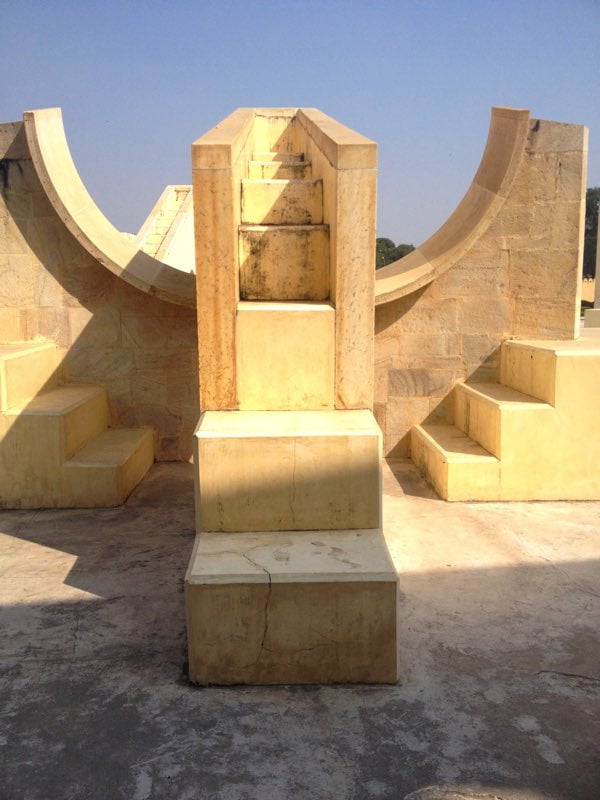
It started to serve in 1734…
Sometimes what we saw surprised us so much that we had difficulty in understanding how such wise works were done in ancient times. If you think that it started to serve in 1734, you will understand what I mean. You can see that there are really perfectly details and meticulous work. Millimetric calculations were made in the works. There is almost no margin for error. It is all built of stone and marble.
Giant sundial; Great Samrat Yantra
The giant sundial can be measured with an accuracy of 2 seconds. Even the distance between the earth and the sun can be measured. There were even moments when we thought we had misunderstood their English.
Jantar Mantar: Ram Yantra
Ram yantra measures the altitude and azimuth of the sun and planets (Azimuth is the angular distance of a celestial body’s heading relative to the observer as the angular distance from the north or south point on the horizon). In the center of these stone blocks is a pole of equal height. These pillars and blocks are of equal height, which is equal to the radius of the structure.
Ram Yantra only occurs in Jaipur and Jantar Mantar in New Delhi.
Great Samrat Yantra (Giant Sundial); 27m high
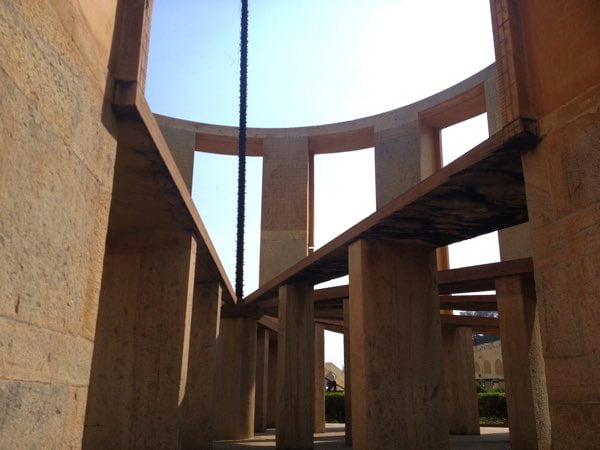
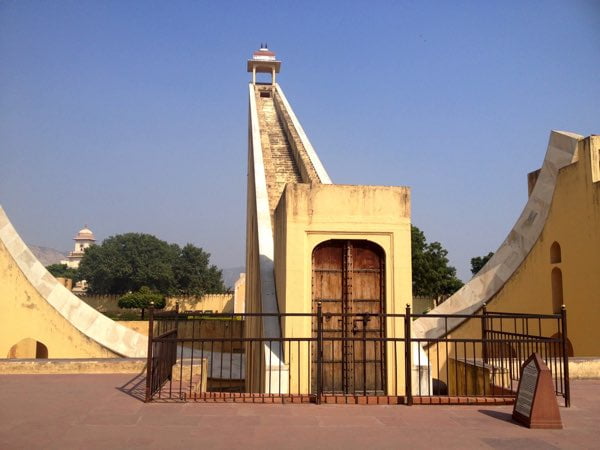
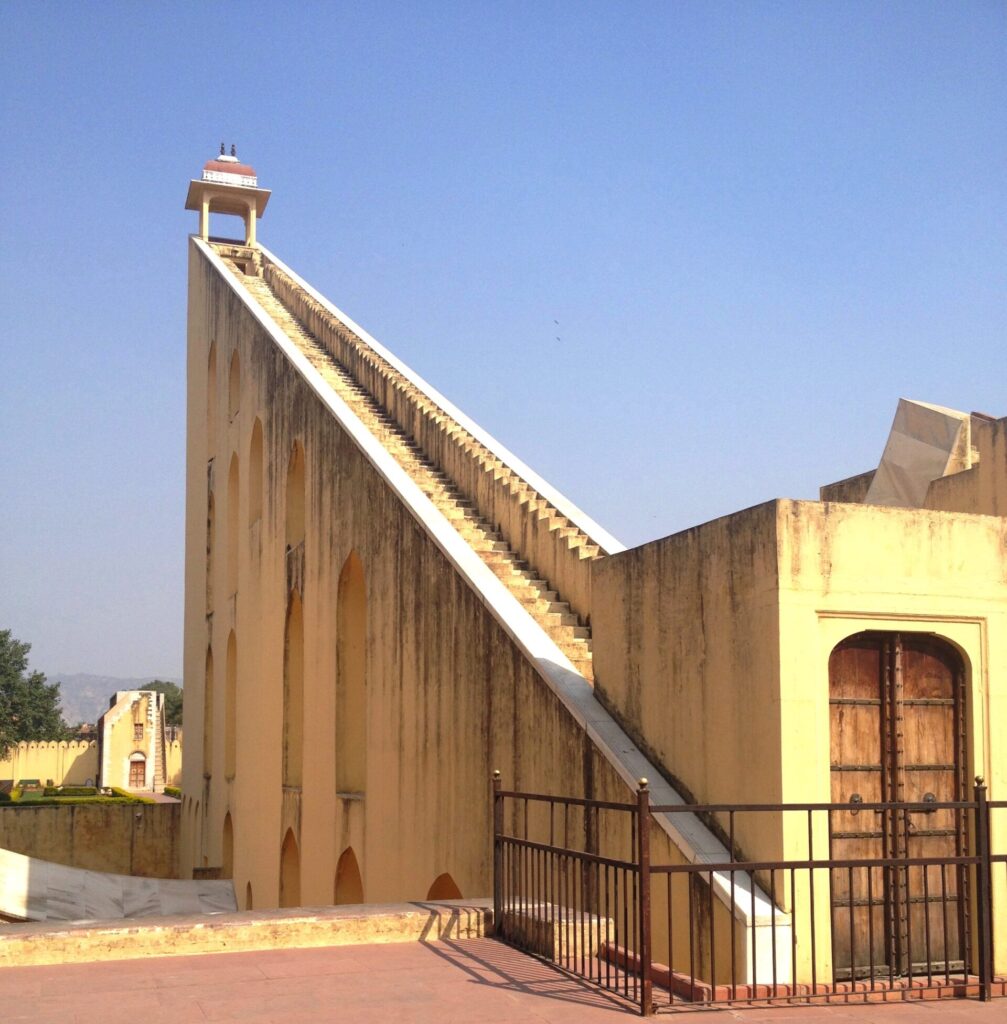
Little Laghu Samrat Yantra
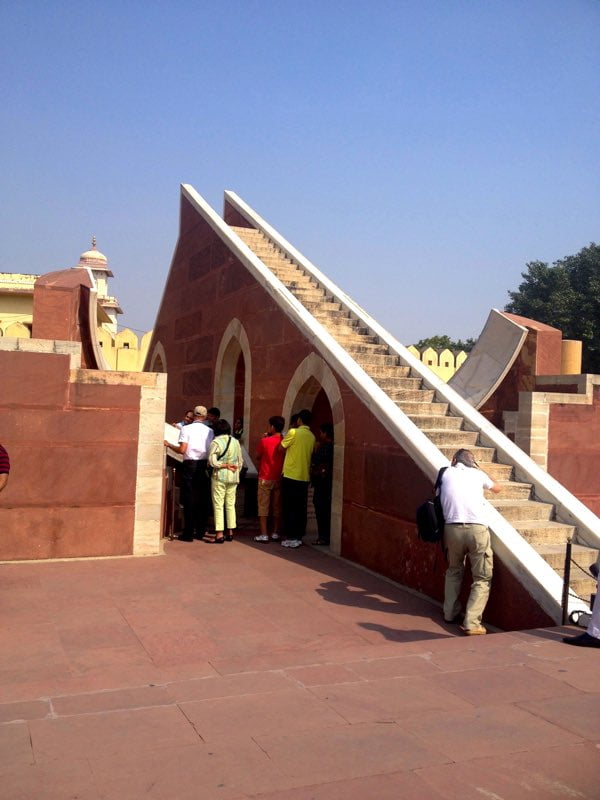
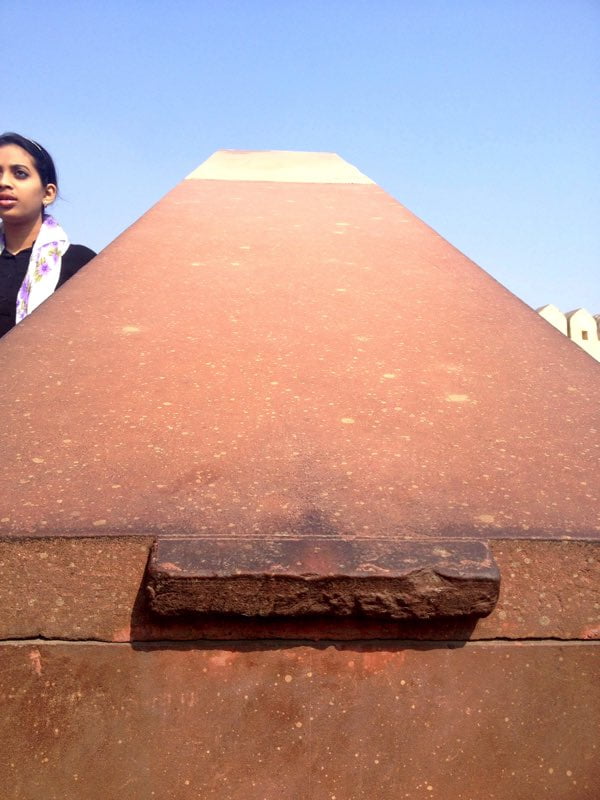
It was built by the Rajput king Sawai Jai Singh II and completed in 1734. One of the mantars is in Delhi, and one is in Jaipur. Considering the climate and weather conditions, it was deemed appropriate to establish it in the city of Jaipur. We also heard that before this observatory was established, Maharaja sent his men to observatories all over the world, where they improved themselves and returned to the country.
The most well-known of the observatories established in Delhi, Jaipur, Varanasi and Nattura is Jaipur. At least that’s how we know it.
Today, Jantar Mantar in Jaipur has been protected by Rajasthan Archaeological Sites and Monuments since 1961.
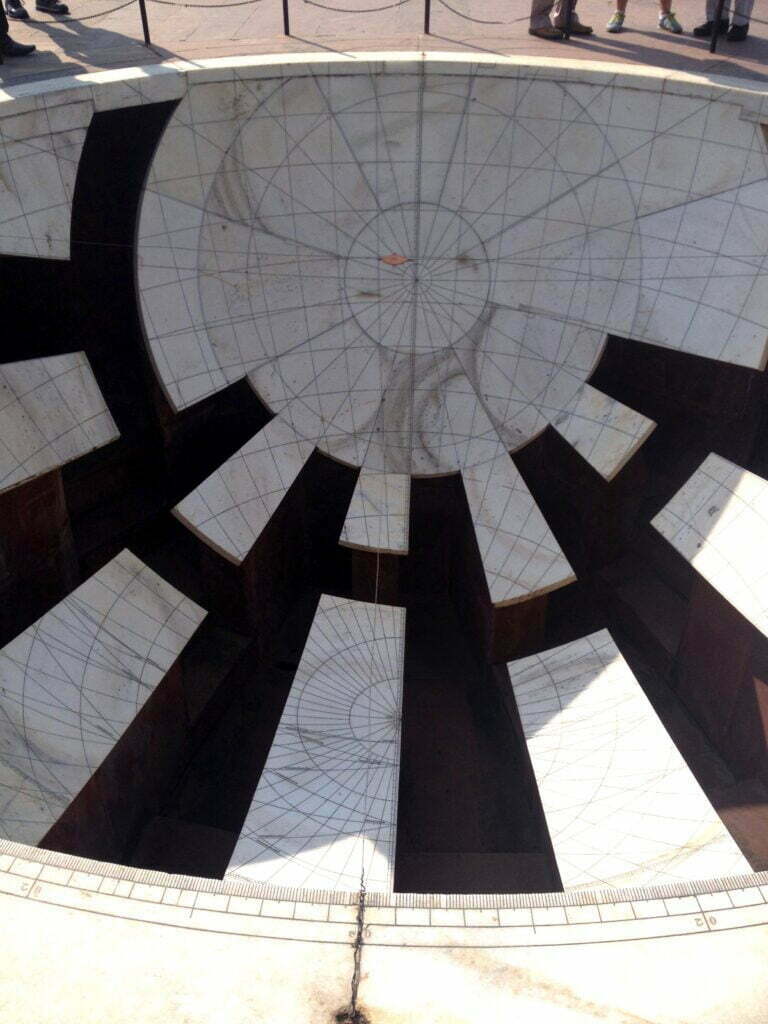
We felt really surprised as we traveled inside.
The shapes of the buildings change according to the angle of the sun, the state of the sky and many other factors. One has short staircases, while another structure is 27 meters long. We went up to the stairs and tried to understand the pain, to decipher the writings and to admire the work that people did on this subject many years ago.
Do not visit Jantar Mantar in hot weather!
We do not recommend going at a very hot time because there is no shady spot.
It wasn’t too hot when we went there but we were still overwhelmed by a bit of heat. In this area where the sun and stars are examined, the lack of a place to put your head causes you to prefer the evening or morning hours. A flat area and an average of 1 or 2 hours is enough to visit. During that time, if you come in the hot times of the year, you may not be able to endure it.
In fact, we stayed inside for an hour at most. Despite that, we were affected by the heat. Maybe this period may be longer if you are curious and have someone with you to make deeper explanations.
It is open to visitors between 09.00 – 16.30. Entry price is 350 Rupees. Be sure to take note of this place on your list of places to visit when you come to visit the Hawal Mahal, as it is located in the midst of the Hawal Mahal (the palace built of red and pink sandstone).
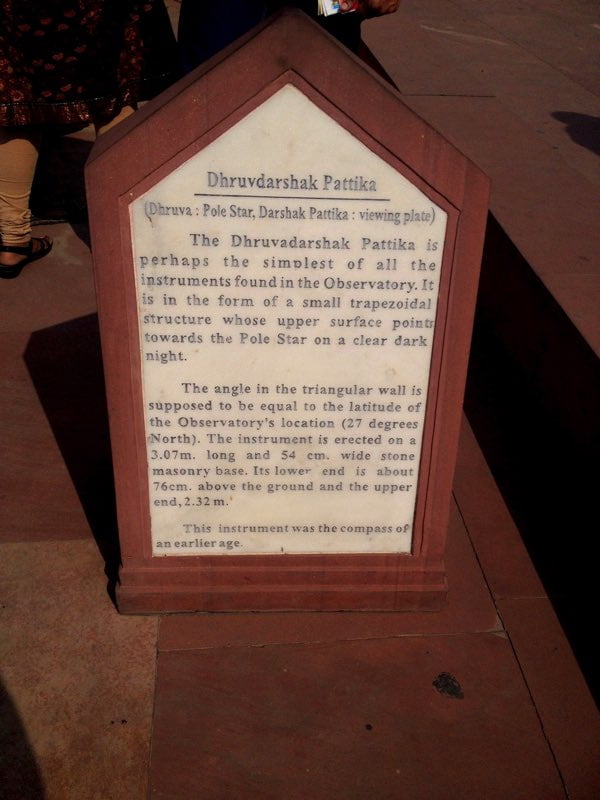
I am sharing the photos of all of them with you so that you can better understand the structures inside. From the photos you will better understand what awaits you in Jantar Mantar.
There are a total of 19 instruments in Jantar Mantar Jaipur. Some of the main instruments of Jantar Mantar are Rama Yantra, Samrat Yantra, Rashiwalay Yantra, Disha Yantra, Utaansh Yantra, Chakra Yantra, Jai Prakash Yantra, and Dingash Yantra.
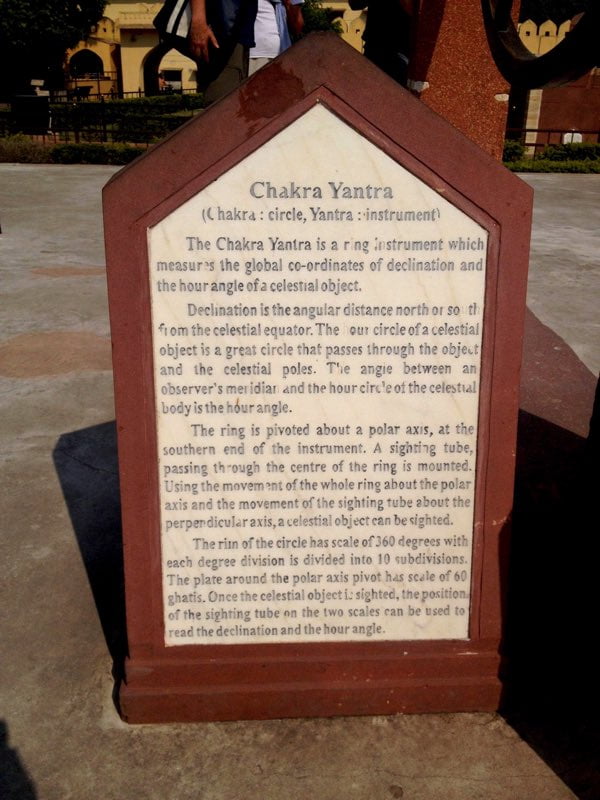
Jantar Mantar: Jaya Prakash Yantra
Marble slabs of certain angles and sizes actually represent the reverse image of the sky and help to determine the azimutru, elevation, clock angles, positions of objects in the sky.
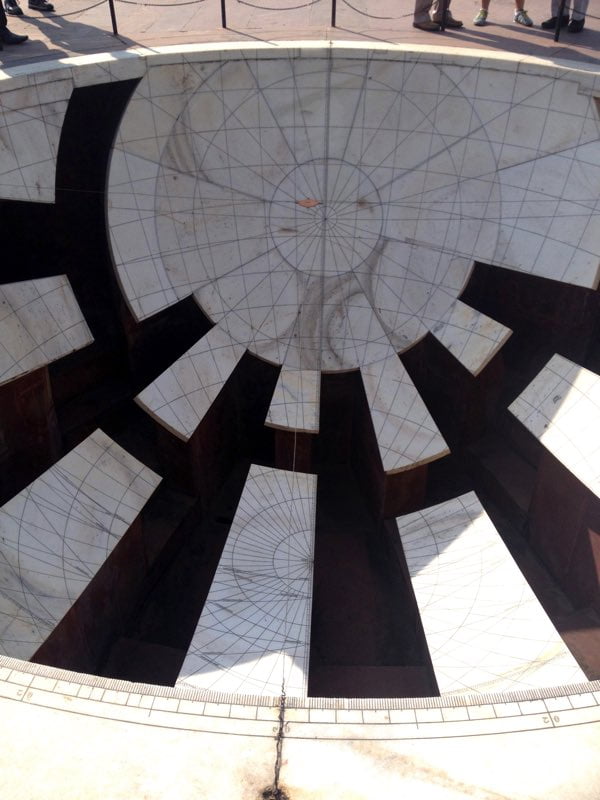
Jai Prakash Yantra
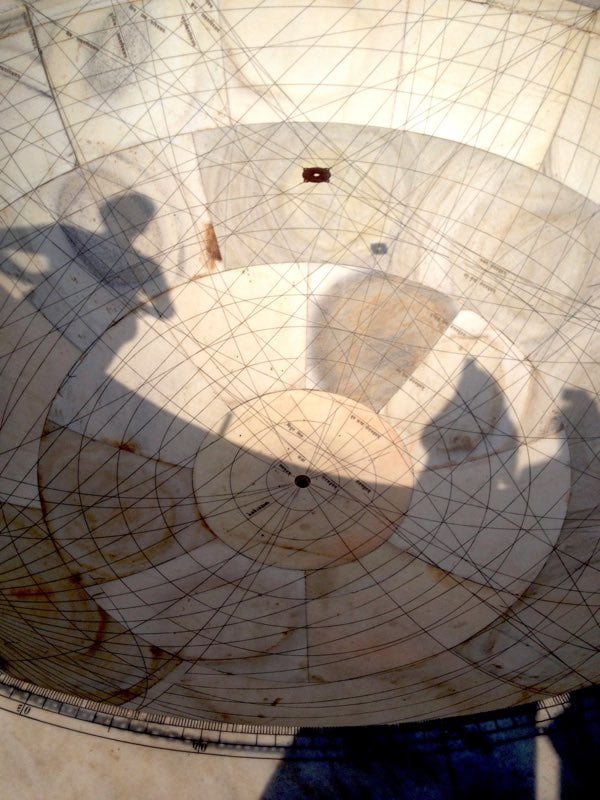
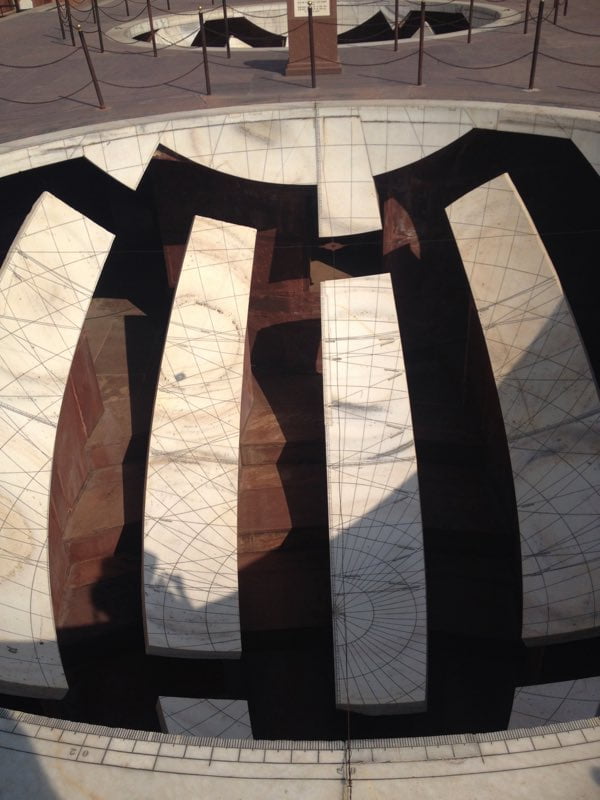
Nadi Valaya
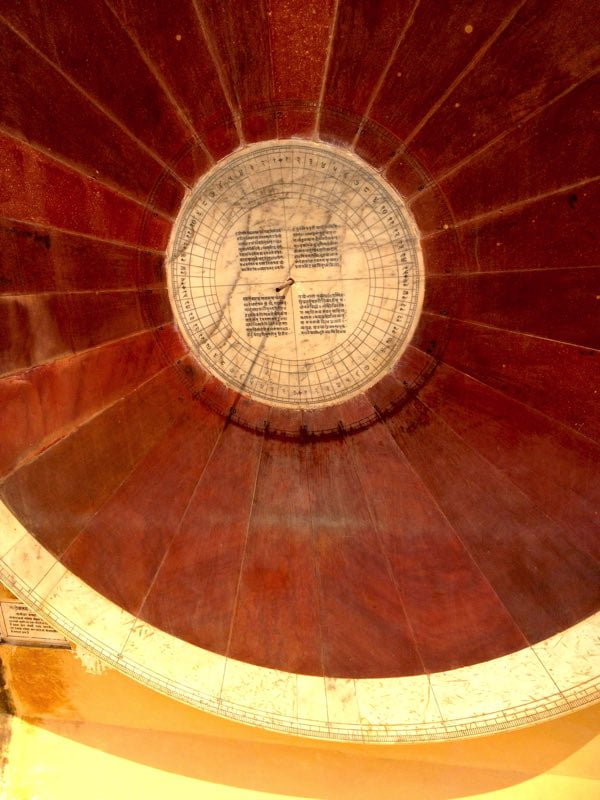
It has two circular dials in the equatorial plane. One faces north and the other faces south. The rod-shaped arms of both discs are exactly parallel to the ramp of the neighboring Laghu Samrat Yantra. It is a sundial on the equinox, which is most similar to the European sundials.
Jantar Mantar – HOROSCOPES
I would also like to share the horoscopes and symbols with you. I start Jantar Mantar horoscopes by sharing a photo of my own sign, aries.
Jantar Mantar, the Symbol of ARIES
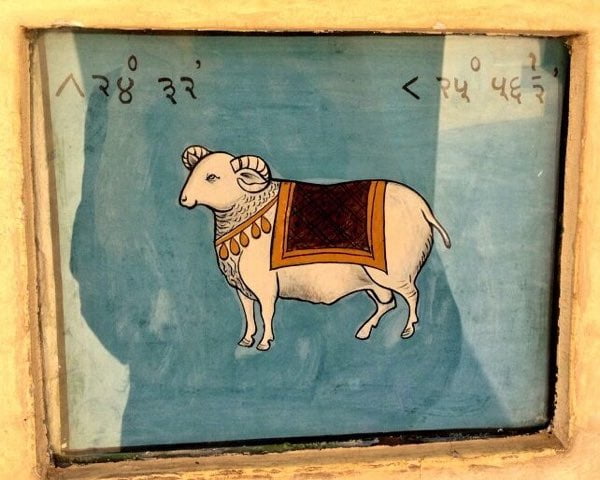
The symbol of TAURUS
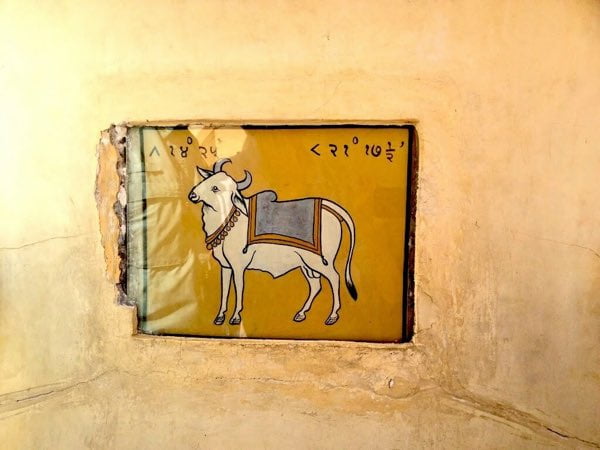

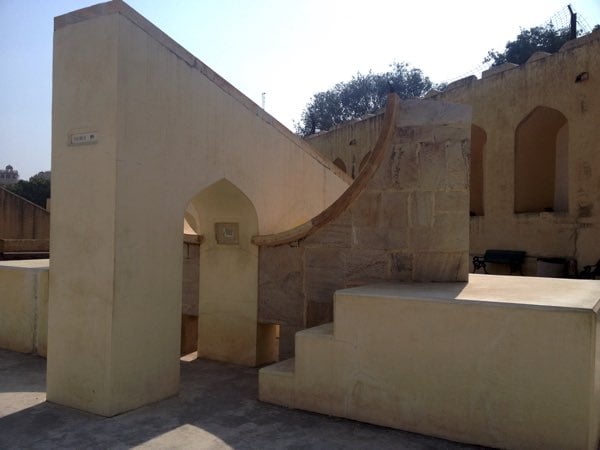
The symbol of GEMINI, Jantar Mantar
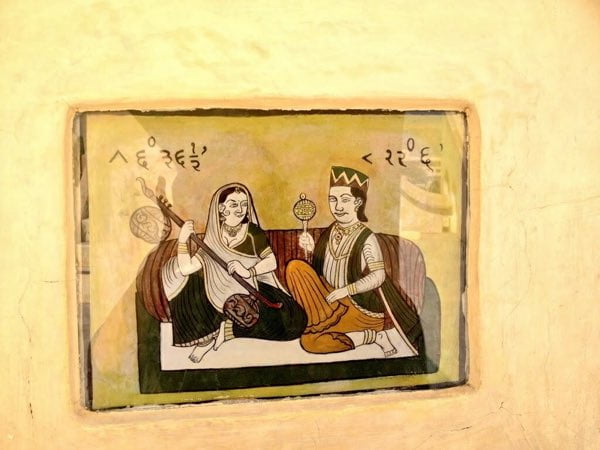
Jantar Mantar, the Symbol of CANCER
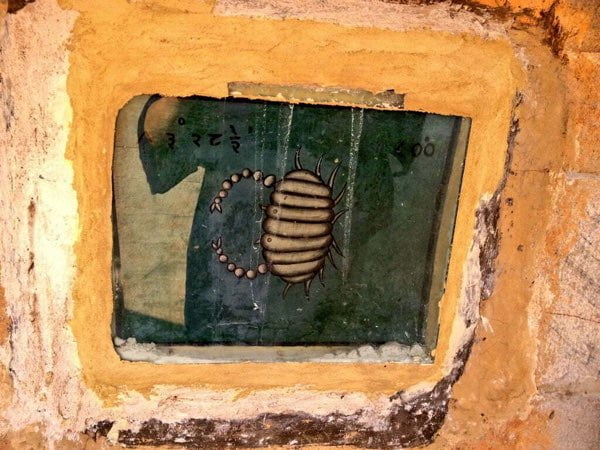
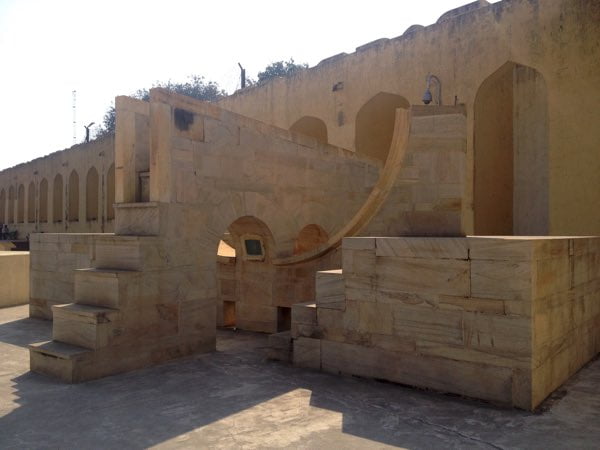
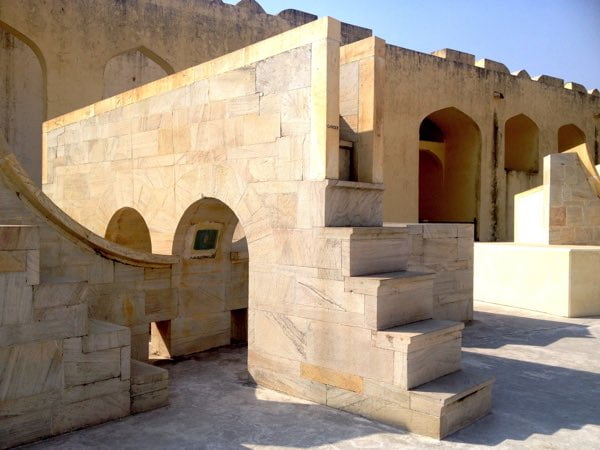
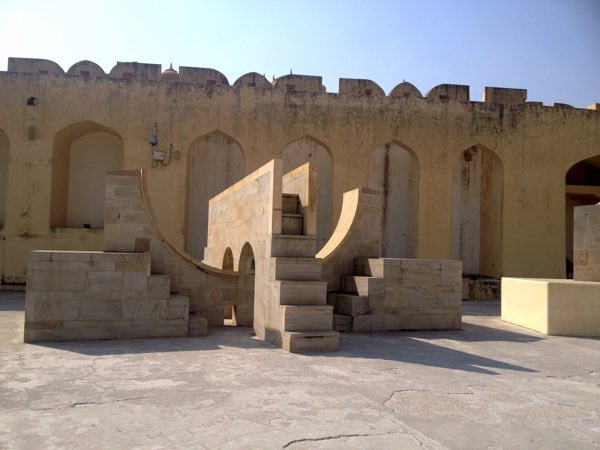
The symbol of LEO, Jantar Mantar
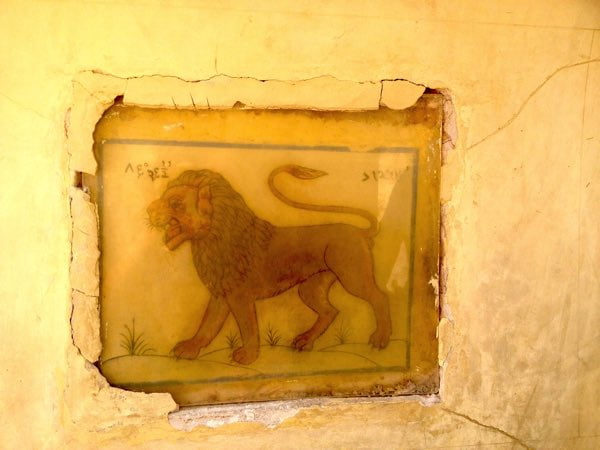
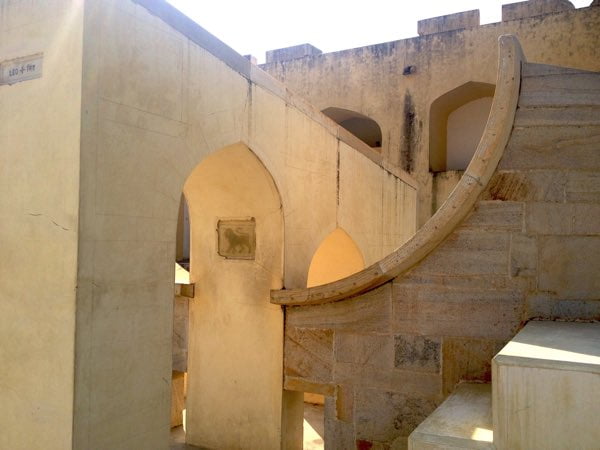
The symbol of VIRGO
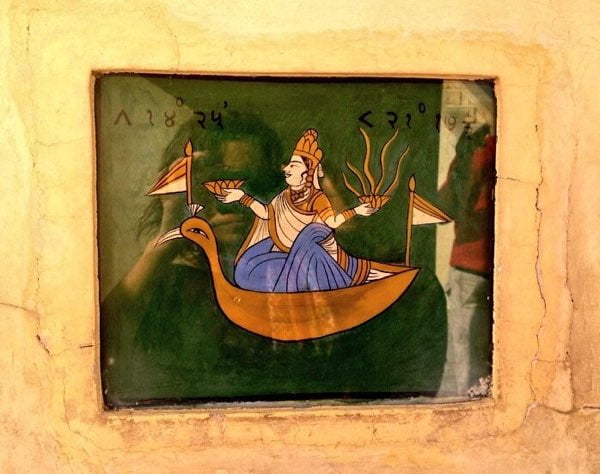
The symbol of LIBRA
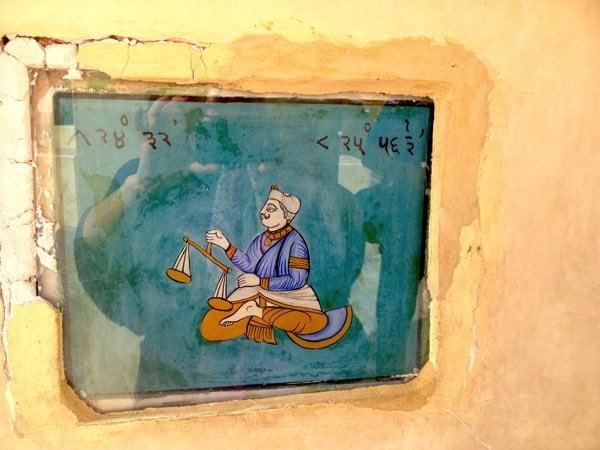
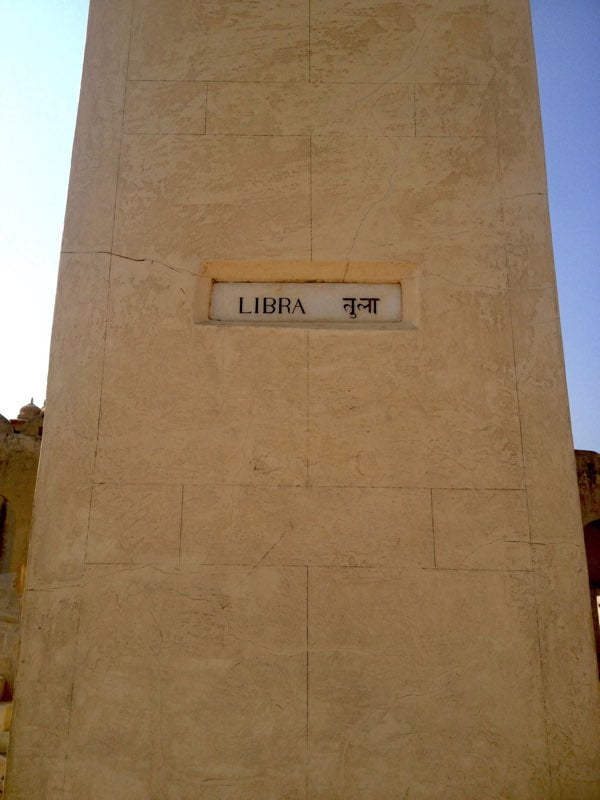
The symbol of SCORPIO, Jantar Mantar
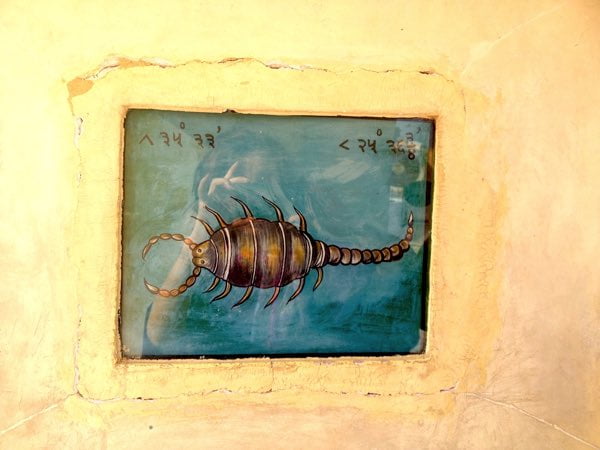
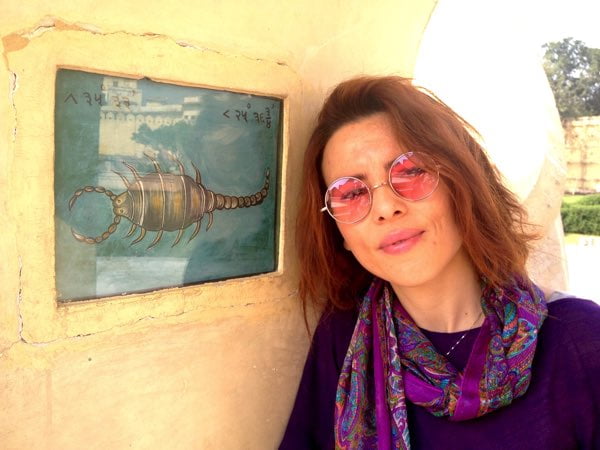
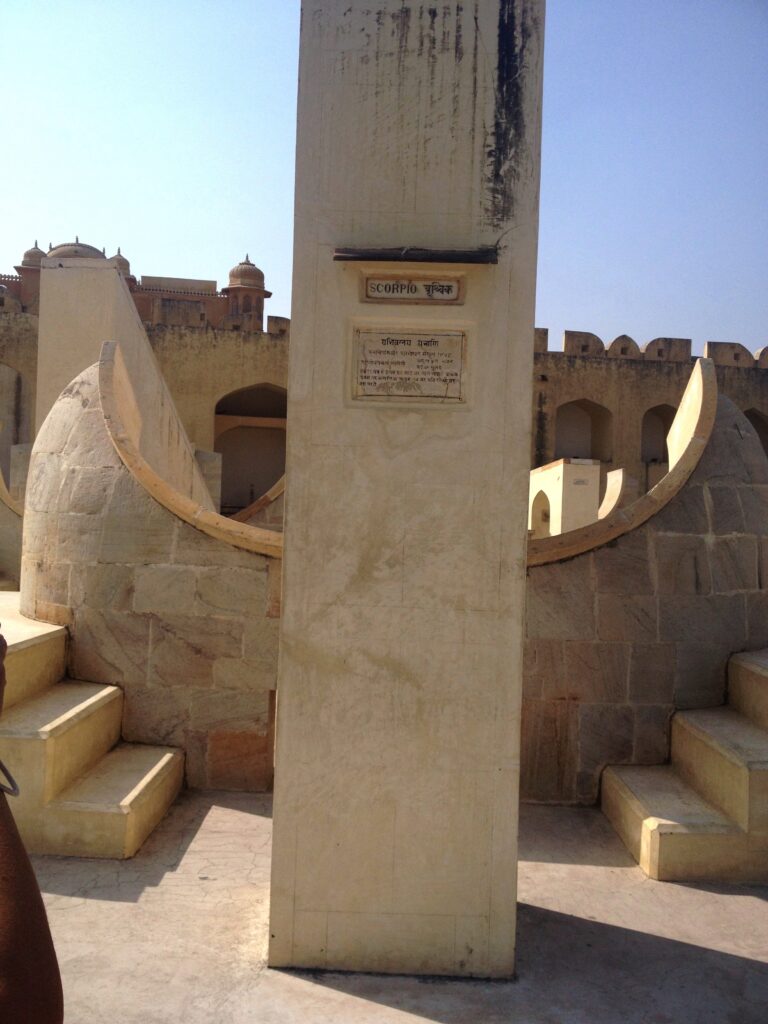

The symbol of SAGITTARIUS
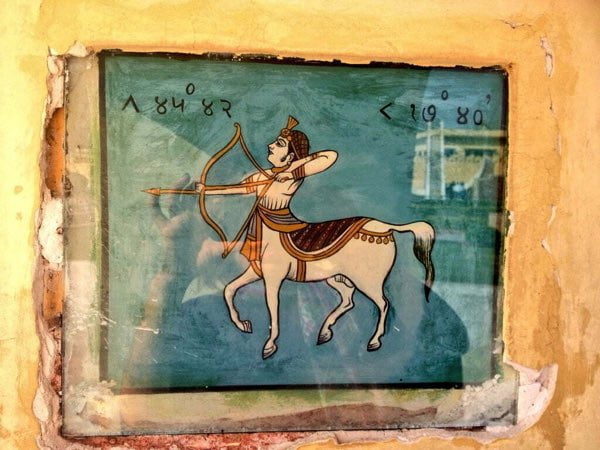
The symbol of CAPRICORN
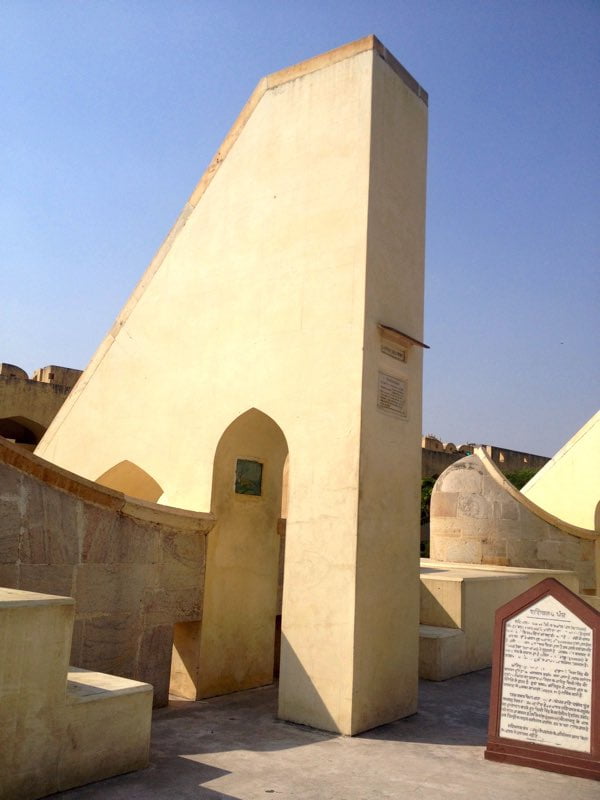
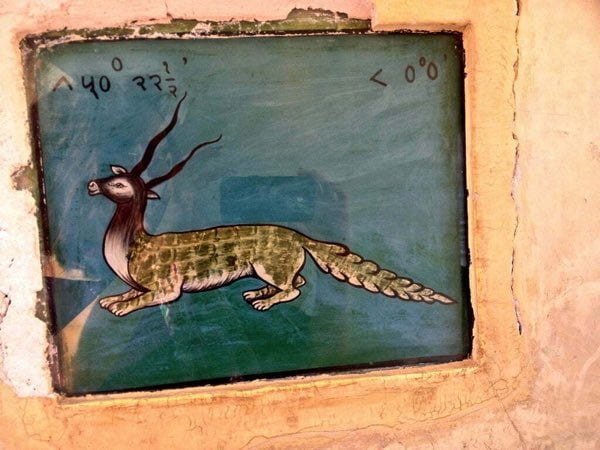
The symbol of AQUARIUS, Jantar Mantar
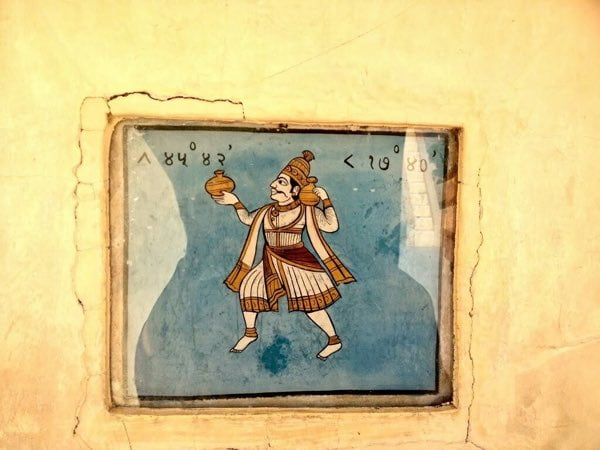
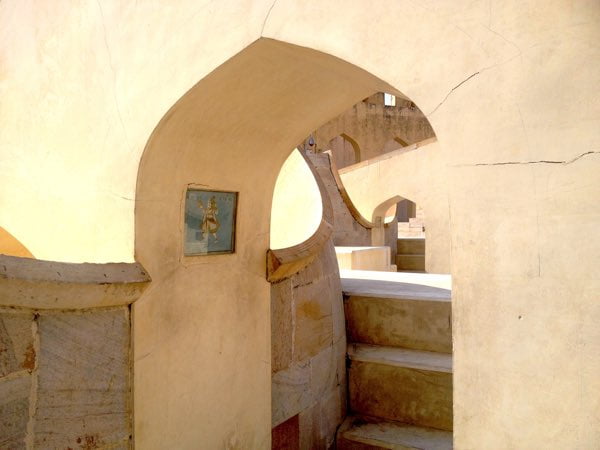
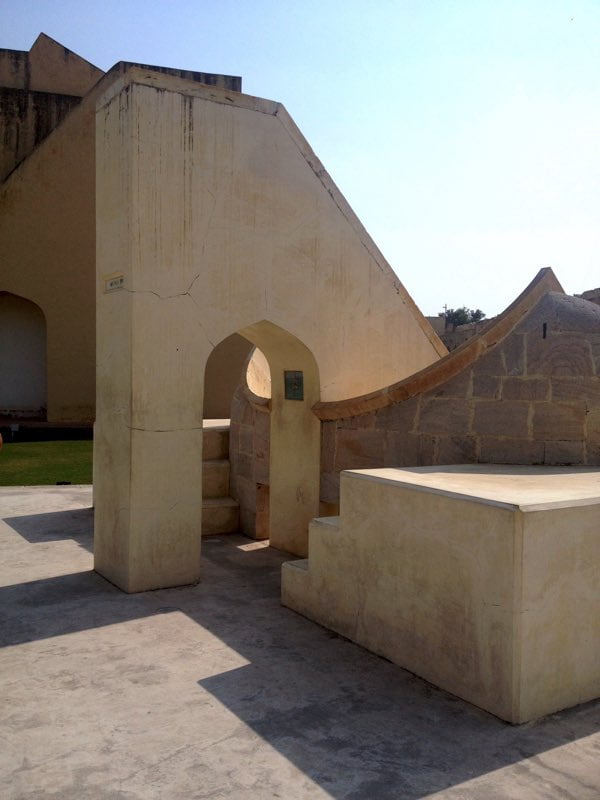
The symbol of Pisces
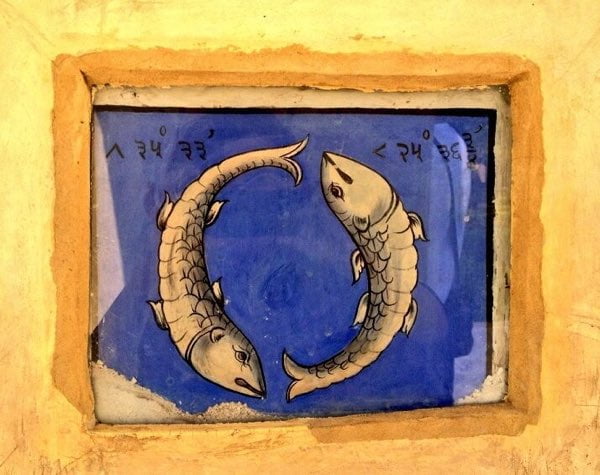
We got tired and made our way to the hotel. It was time to rest for our remaining days in New Delhi. If you are curious about our New Delhi article, please read our India, travel article.
Also
You can find more articles about Jaipur here.